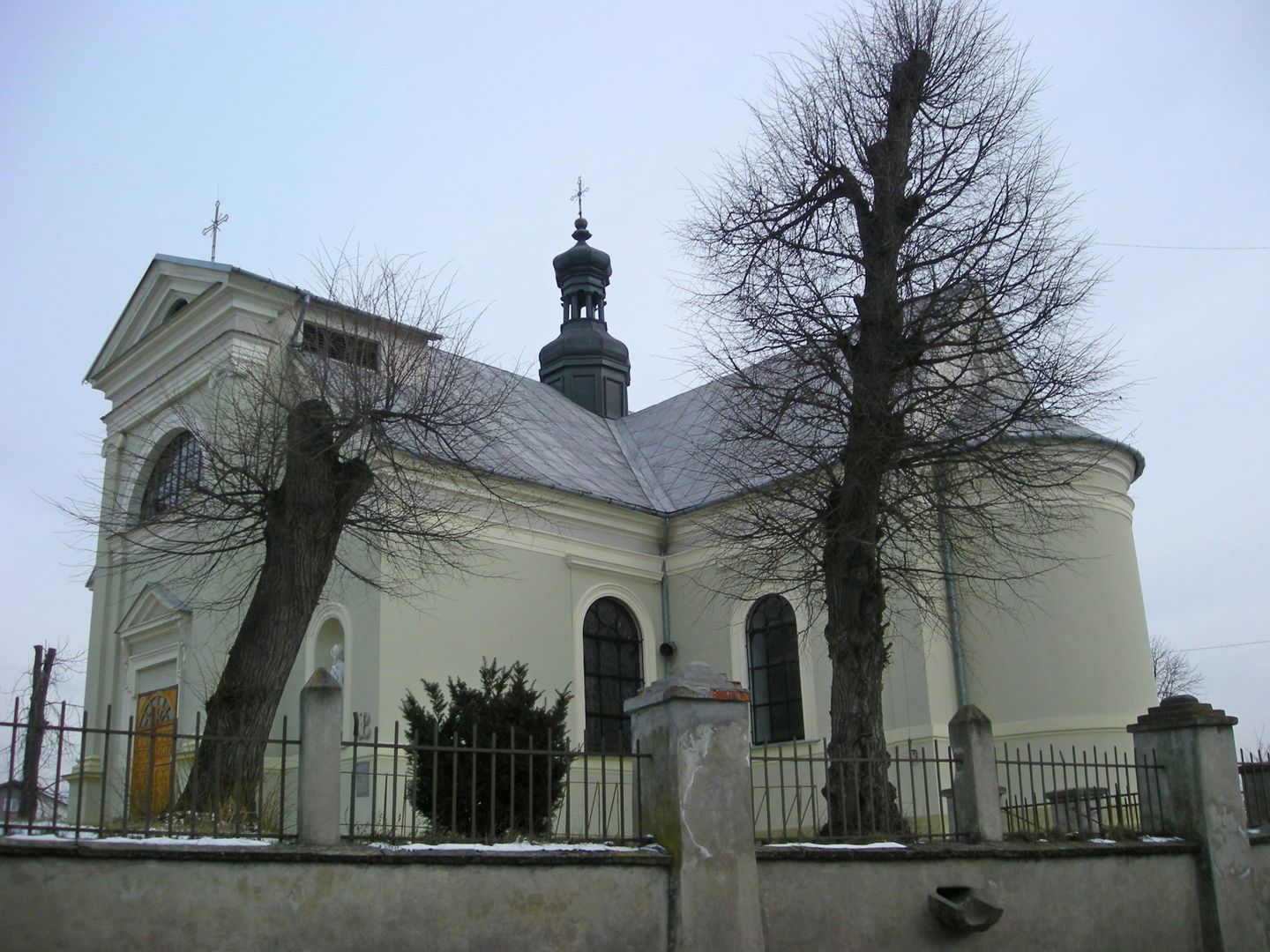Osiek
6.78

Overview
Osiek is a town in the Świętokrzyskie Voivodeship, within Staszów County, boasting a rich history that dates back to the times of Bolesław the Brave. It received its town charter in 1363 and held municipal rights from 1430 to 1869, regaining them once again in 1994. Osiek is known for the Roman Catholic parish of St. Stanislaus and the only active open-pit sulfur mine in Poland, making it unique on a national scale. The town is situated at the intersection of important roads, which supports the development of tourism. The history of Osiek is rich in commercial and artisanal traditions, with significant growth in the 16th and 17th centuries when the population reached around 1,000. The town features valuable architectural monuments, including a parish church from the 17th and 18th centuries and interesting spatial arrangements of the old market square. Culturally, Osiek was home to a Jewish community and once had a synagogue. In the 19th century, the town suffered from numerous war damages and fires, leading to the destruction of many historical sites. Nevertheless, the Renaissance altar in the church remains a unique heritage element. Osiek is rich in natural resources, including numerous lakes and rivers, as well as mining areas related to sulfur extraction. The town and municipality are also distinguished by specific geographical conditions and soil diversity, which have influenced the history of the local economy, including fruit growing and agriculture. Despite its many advantages, Osiek faces transportation issues, which limit its tourism potential. In 2007, a modern sports hall was opened, demonstrating efforts to develop social infrastructure. Contemporary demographics of Osiek show trends of stabilization, with minor fluctuations in population numbers, indicating potential for regional growth. The town is an interesting point on Poland's tourist map, combining rich history, cultural traditions, and unique natural assets.
Location
2025 Wizytor | All Rights Reserved